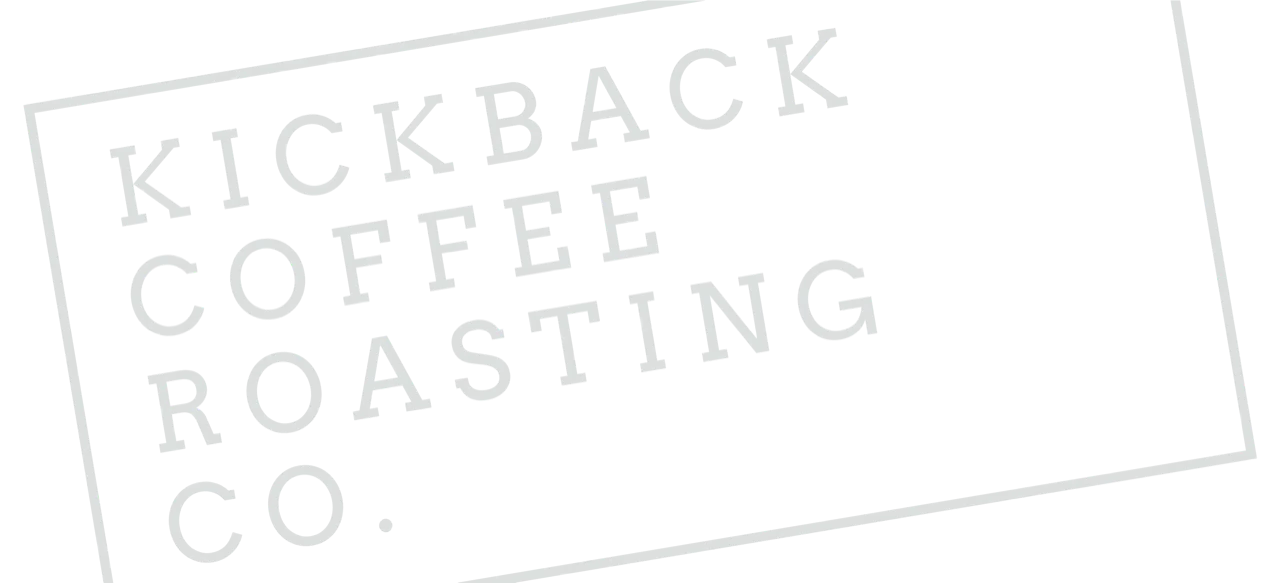
Our Origin Trip

It was a dream.
It sounds a little bit corny but it was a true coming of age experience. What I mean by this is for so long coffee has been a passion. It was a hobby before the idea of a business was even imagined. For a long time, I have been fascinated by everything coffee; I have read, watched and listened to so many people talk about coffee production, but there is no replacement for actually doing.
I have always described myself as someone who learns by touching, tasting doing all of the sensory style learning. Being on a real coffee farm, experiencing a harvest, seeing the beans washed and dried was exactly what I’ve been waiting years to see. And it didn’t let me down.

We have been buying coffee from Terra Preta in the Alta Magiana region of Brazil for the last 3 years through the farmers nephew Cal. Cal is an incredibly flamboyant [he just leant this word] character who fills the room with warmth when he walks in. It was Cal who hosted me in his home town and acted as the most amazing and perfect translator I could have asked for.
My time in Brazil started by travelling around the hectares and hectares of coffee trees, seeing all the different type of varietals of coffee cherry. [If that is news to you, YES coffee starts off as a cherry. Think of it like wine coming from a grape which isn’t the same grape as you eat with your cheese at Christmas]. One of my favourite experiences was being able to pick a fruit from the tree and eat it there. They became rather addictive. They have a high concentration of caffeine and are rather tasty. The skin has a slight bitterness to it but the inside pulp has a sweeter apricot flavour.
The harvest in Brazil happens between May-July and I was lucky to see a large amount happen. The farmers remove the majority of the cherries using huge harvesters which vibrate the trees and capture the fruit. Some of the trees do get damaged but they recover. Hand picking also happens but usually only on young plants that aren’t strong enough or tall enough to go through the machinery.
Once the cherries are collected they then go through a washing station which separates the dried, ripe and unripe cherries to allow for different processing techniques to occur. The dried cherries will float to the top and will be put out on drying beds to dry further in the suns heat. The ripe and unripe cherries are depulped and then rested and placed in huge drying trommels which will remove the moisture from the beans. This helps to reduce the chance of bacteria getting into the green beans. The beans will then sit in silos to dry further.

Once this moisture content is at the desired level, the farmer will then send the coffee to be processed (some farmers have these facilities on site). During processing the coffee will travel through 2 main machines. The first is a colour analyser which identifies foreign objects such as stones or defect beans. The second machine is a sizing machine. The screen-size of coffee often reflects the quality. A large screen-size is usually a more desirable thing and often found at the lower part of the tree where the beans can absorb more of the nutrients from the soil.
After the beans have been processed and sorted, they are they placed into jute bags to be sent around the world.
My trip wasn’t just about the coffee harvest but also to see the entire system that supports coffee farming. One of my biggest takeaways was something rather humbling. For a long time, I would use the blanket statement “the coffee farmer is the most vulnerable in the chain”. From my experience, though a small sample size was proven to be inaccurate and slightly condescending of a privileged westerner. All of the farmers that I met, were entrepreneurs. They looked at the industry with depth that I’ve never had. Their knowledge and understanding of the market was incredible and for me to naively assume that they were the ones being taken advantage of, was poorly misplaced. I have learnt that our due diligence needs to be thorough to ensure that all future relationships support every level of the supply chain; from bean to cup.
My time in Brazil was a dream come true. I have come back with an incredible amount of knowledge and depth about what supports the product that we buy. It taught me about the people that create it and the infrastructure required to produce this highly complex little bean we call coffee.
It is not easy, it is not straightforward and we are very fortunate to have partners like the team at Cals Coffee to help us better understand the entire coffee production business.






